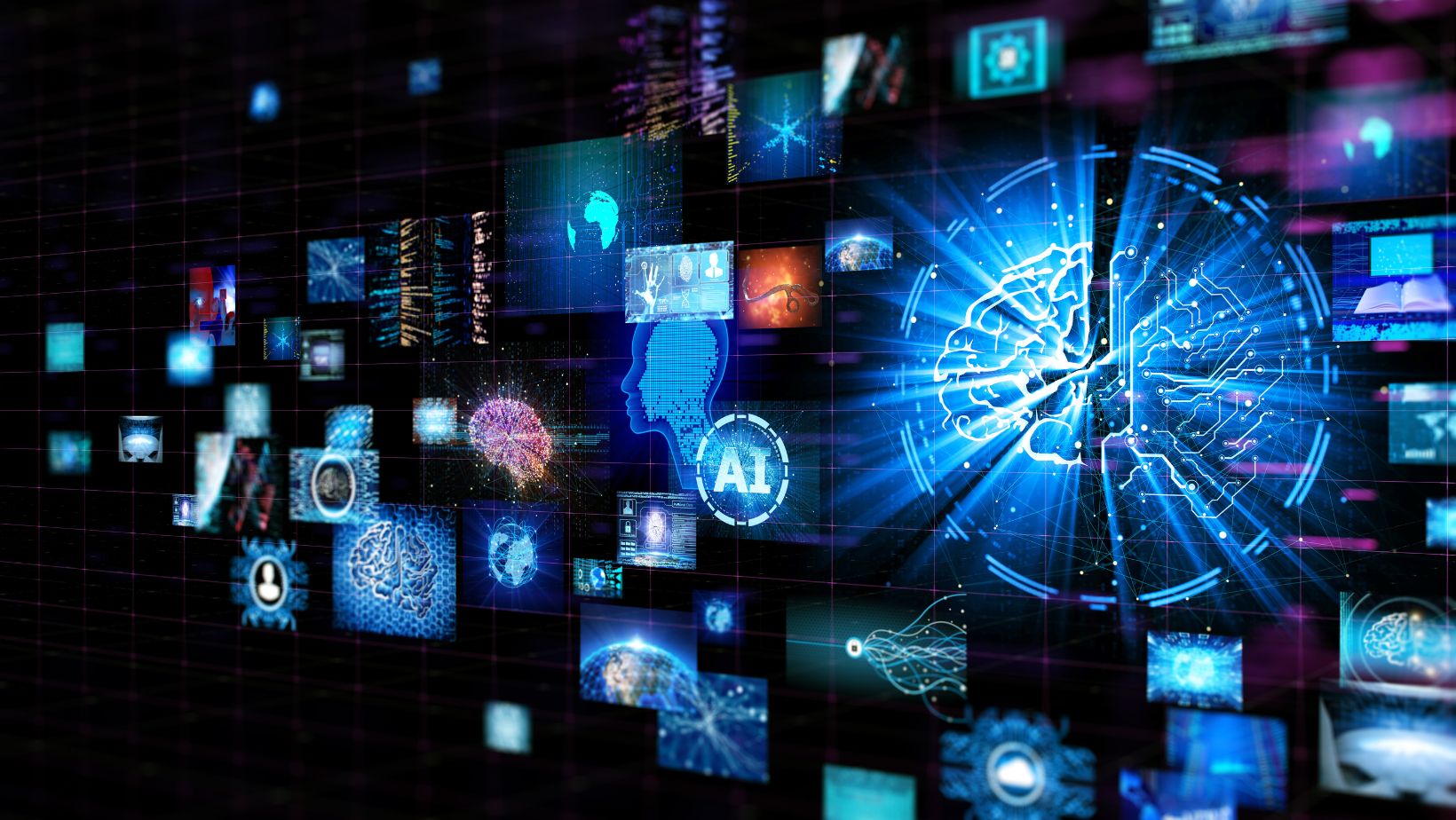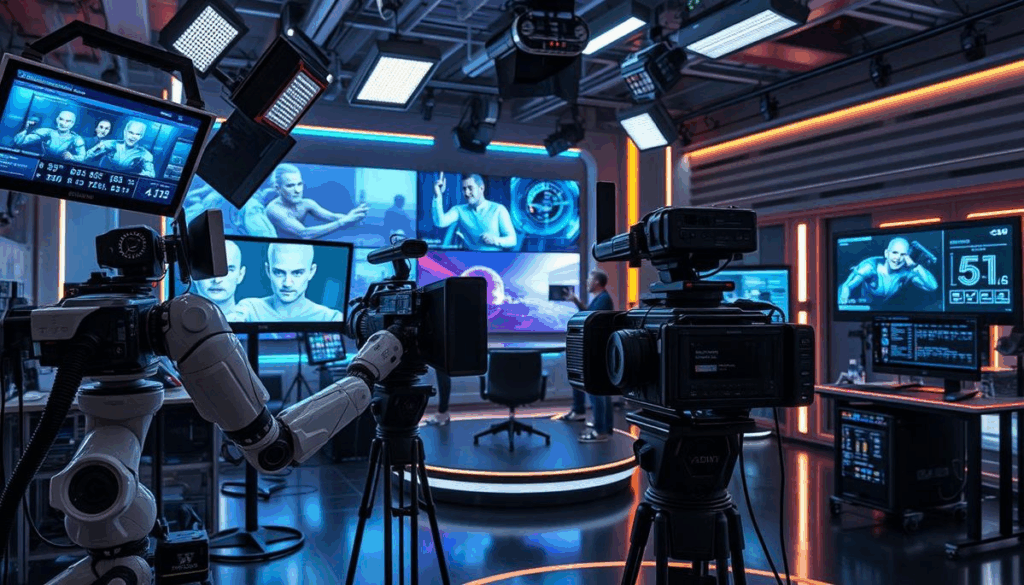Artificial intelligence is changing not just the way we work but also how we play, watch, and listen. From the shows we stream to the games we enjoy, AI is steadily shaping entertainment in ways we often do not notice.
It is why your favourite playlist feels perfectly curated or a new series seems made for you. AI is creating more immersive and tailored experiences, from personalised recommendations to modern video games.
This is not science fiction. It is happening right now. Let us explore how AI is driving the next wave of innovation in entertainment and media.
Smart Gaming: How AI Powers Modern Games
Gaming has always been about excitement. With AI in the mix, it is becoming smarter and more personalised than ever.
One of the clearest examples is in modern casino games, where artificial intelligence shapes a more engaging experience for every player. Online casinos today do more than simply offer games; they learn how you play. AI tracks your habits and preferences, then uses that data to recommend games you are more likely to enjoy. Whether it is a card game, slot machine, or live dealer table, the system adapts over time to provide a more personalised journey.
Some platforms use AI to adjust game difficulty so players receive the right level of challenge. Others employ virtual dealers powered by predictive algorithms to ensure smooth, responsive play. Real-time analytics also support smarter decision-making for both players and operators.
In short, AI is turning casino gaming from a one-size-fits-all model into something dynamic and responsive. It is no longer only about chance. It is about delivering smarter, more immersive play that evolves with each user. As AI develops, games will become even more intuitive, interactive, and engaging.
Personalised Content Streaming and Recommendation Engines
In today’s streaming world, AI is the invisible force that guides what we watch, listen to, and discover. Netflix, for example, uses machine learning to analyse viewing history, ratings, watch time, device type, and even the time of day to suggest shows and films that match your preferences.
Spotify combines collaborative filtering with content-based AI. It analyses audio features such as tempo, mood, and listening habits to create personalised playlists like Discover Weekly.
The real advantage lies in pattern recognition. These platforms study our behaviour, from pausing a scene to skipping a track, and refine recommendations over time. As the algorithms learn, they deliver sharper suggestions, offering more pleasant surprises and fewer mismatches.
AI has turned content overload into content that fits. It serves up options we did not know we wanted, but right now, we want them.
AI in Film and TV Production
AI is steadily reshaping how films and television shows are made. The results are both exciting and controversial. Scriptwriting tools can now assist with brainstorming, story structure, and plot analysis. Platforms like Melies support writers by helping refine ideas rather than replacing creative talent.
In post-production, AI enhances computer-generated imagery, cleans up visuals, and speeds up editing. With deepfake technology and virtual actor tools, characters can extend beyond traditional limits. They can be digitally recreated or even generated entirely by AI.

However, these capabilities raise questions. When an AI generates a character’s likeness or performance, who owns the rights? Who deserves credit? And what about the emotional depth that only human actors provide, a nuance AI still struggles to replicate?
AI is not here to replace creativity. Instead, it is pushing the boundaries of what is possible, transforming scripts, visuals, and performances in ways that were once unimaginable.
Music Creation and Curation with AI
AI is also impacting music. Songs and soundscapes are now created as much by algorithms as human composers. AI-generated music is already used in games, film scores, and playlists that adapt to a listener’s mood.
Amper Music, for instance, allows creators to build custom royalty-free tracks by choosing genre, mood, and instruments, while AI manages the composition. AIVA can compose in over 250 styles and is widely used to generate emotional soundtracks for films, games, and advertisements.
What makes this shift exciting is that AI does not replace musicians. Instead, it empowers them. Creators can begin with an AI draft and add personal touches, edits, or emotional layers.
This blend of human creativity and machine precision is opening new creative opportunities. It allows more people, even those without formal music training, to produce scores, playlists, and soundtracks that feel professional and personal.
Interactive Media and Virtual Experiences
Thanks to AI, interactive media and virtual experiences are also becoming more dynamic. Narratives can now adapt in real time to player choices. Your actions, decisions, or even moods can shape where a story goes next.
In games and virtual reality, AI-driven characters are no longer limited to repetitive loops. They can respond, evolve, and create more engaging storytelling that feels personalised. Some platforms even let creators build interactive VR stories where actions directly change the surrounding world.
Chatbots and AI dialogue systems add to this immersion by enabling characters to communicate intelligently with users. In games such as AI Dungeon, the story evolves based on each input, making every playthrough unique.
Stories now do more than entertain. They actively engage participants. Choices matter, worlds respond, and storytelling merges with experience in previously impossible ways.
AI Is the New Creative Partner
AI is not taking over entertainment. It is enhancing it. AI is making content more personal, interactive, and creative, from smarter games and playlists to adaptive storytelling and virtual actors.
As this technology develops, it will not replace human imagination. Instead, it will continue to expand the boundaries of how we create, connect, and experience entertainment and media.
